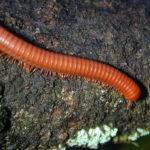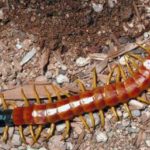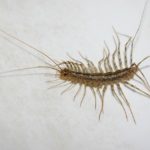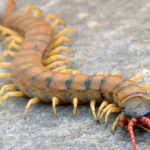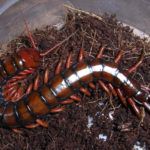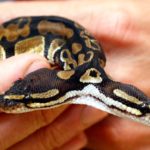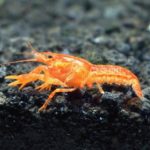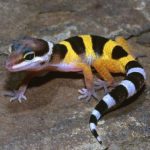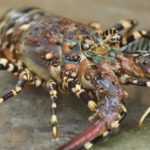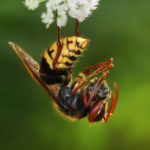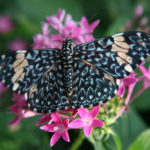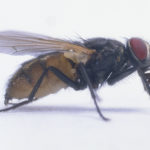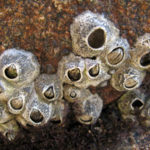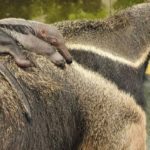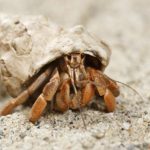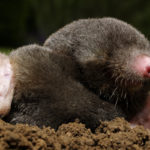Millipedes
 Millipedes (Myriapoda) – a superclass that combines four classes of terrestrial arthropods (symphylae, gabonopus, two-legged and paueropods, the latter are usually combined into one subclass). Typical representatives of millipedes: scolopendra Californian and scolopendra giant, drupe, flycatcher ordinary, kivsyaki.
Millipedes (Myriapoda) – a superclass that combines four classes of terrestrial arthropods (symphylae, gabonopus, two-legged and paueropods, the latter are usually combined into one subclass). Typical representatives of millipedes: scolopendra Californian and scolopendra giant, drupe, flycatcher ordinary, kivsyaki.
The sizes of millipedes are ranged from 1mm. Up to 30cm.
These are arthropods, breathing tracheas, and having a body consisting of numerous, more or less identical segments, with one pair of squats (antennas), three pairs of jaws and many pairs of legs. The head corresponds to the head of insects, carries: a pair of foreheads sitting on the forehead, mostly filamentous or setiform, most of them also eyes simple or crowded, with the exception of the Scutigera, whose eyes are complex, and mouth organs, typically consisting of the upper lip, Upper jaws and two pairs of lower jaws; The lower jaws can be provided with tentacles; Chilopoda’s first pair of legs is modified in the jaws, close to the head and equipped with poisonous glands. In all, except for the family Polyzonidae, which has oral organs in the form of a proboscis for sucking, mouth organs like chewing.
The rest of the body consists of homogeneous, distinctly delimited segments, the number of which is mostly constant for certain species (in the adult state), but in the whole class of M. varies very widely (from 10 segments from Pauropoda to 173 from Himaparium Diplopoda). Almost all segments are carried in pairs or (in most segments by Diplopoda) two pairs of legs. The last segment (anal) is deprived of legs.
Millipedes are individualists and live alone. Over 53 thousand species are widespread. All the centipedes lead a hidden life. They, with rare exception, are very sensitive to humidity and avoid direct sunlight. In the daytime, usually hide in various kinds of shelters (in the soil, under the stones, under the fallen leaves, bark of trees, etc.), and at night become active.
The life cycle of millipedes longer than in many insects, and in small species on average 1-2 years. Large scolopendra can survive to 6 years, at least in captivity.
Houses often hold the largest representatives of millipedes (scolopendra and giant kivsyaki.
Some units have special organs: a lethal apparatus (scorpions and spiders), a spinning apparatus (spiders and false korporons).
Arachnids are almost exclusively predators, only some mites feed on plant matter. All spiders are predators. They feed mainly on insects and other small arthropods. The spider grabs the captured prey with its senses, bites the hook-shaped jaws, injects poison and digestive juice into the wound. Approximately in an hour the spider sucks out with the help of a sucking stomach all the contents of the prey, from which only the chitinous shell remains.

